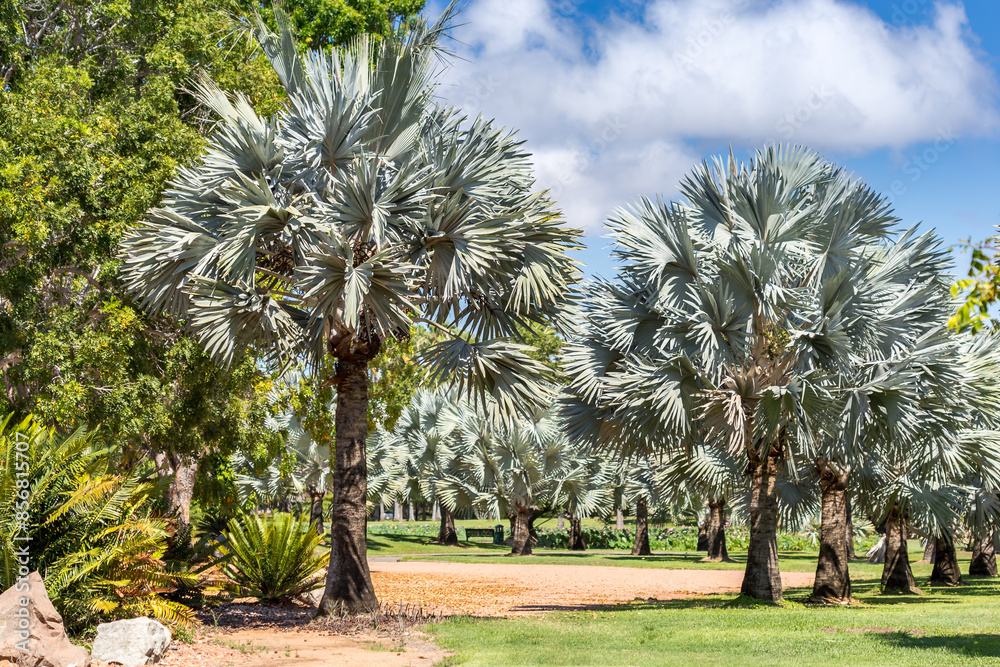
How to Keep Your Palms Healthy and Thriving
Palm trees are the epitome of tropical beauty, instantly transforming any landscape into a serene oasis. While they are known for their resilience, proper care is essential to keep your palms healthy, vibrant, and looking their best.
Whether you’re a seasoned landscaper or a new palm tree owner, this guide will walk you through the essentials of palm tree care.
1. Planting Your Palm Tree
The foundation of healthy growth starts with proper planting. Choose a location with plenty of sunlight, as most palm trees thrive in full sun. Ensure the soil is well-draining to prevent root rot, and consider adding organic matter or sand if your soil is dense. When planting, dig a hole twice as wide as the root ball but only as deep as its height to avoid burying the trunk, which can cause decay. Water thoroughly after planting to help the tree establish itself.
2. Watering Properly
While palm trees are drought-tolerant once established, they still need consistent watering, especially during the first year. Water deeply, ensuring the soil stays moist but not waterlogged. In dry climates or during hot weather, increase the watering frequency. A good rule of thumb is to water once or twice a week for young palms, tapering off as they mature.
3. Fertilizing for Growth
Palm trees require specific nutrients to thrive, including nitrogen, potassium, magnesium, and manganese. Use a high-quality, slow-release palm fertilizer three to four times a year, typically during the growing season (spring through early fall). Spread the fertilizer evenly around the base, keeping it away from the trunk to prevent burns. Regular fertilization helps maintain lush, green fronds and prevents deficiencies like yellowing or browning.
4. Pruning with Care
Pruning is essential for maintaining a palm tree’s health and appearance, but it’s important not to overdo it. Remove only dead or damaged fronds, as over-pruning can weaken the tree and make it susceptible to pests and diseases. Use clean, sharp tools to make precise cuts, and avoid cutting green fronds unless necessary for safety.
5. Protecting Against Pests and Diseases
Palm trees are vulnerable to pests like scale, mealybugs, and spider mites, as well as diseases like fungal infections. Regularly inspect your trees for signs of trouble, such as discolored spots, wilting, or sticky residue on the fronds. If you notice an issue, treat it promptly with the appropriate pesticide or fungicide. Keeping your palm trees healthy through proper watering and fertilization also helps prevent infestations and diseases.
6. Winter Care
Although many palm trees are cold-hardy, freezing temperatures can still cause damage. If you live in an area prone to frost, wrap the trunk with burlap or frost cloth and cover the crown to protect it. Watering the soil before a freeze can also help, as moist soil retains more heat than dry soil.
Final Thoughts
Caring for palm trees is a rewarding experience that brings beauty and a sense of tranquility to any space. With proper planting, regular maintenance, and a little attention to detail, your palms will flourish for years to come. Whether you’re nurturing a towering royal palm or a compact pygmy date palm, following these tips will ensure your tropical paradise stays vibrant and healthy.
